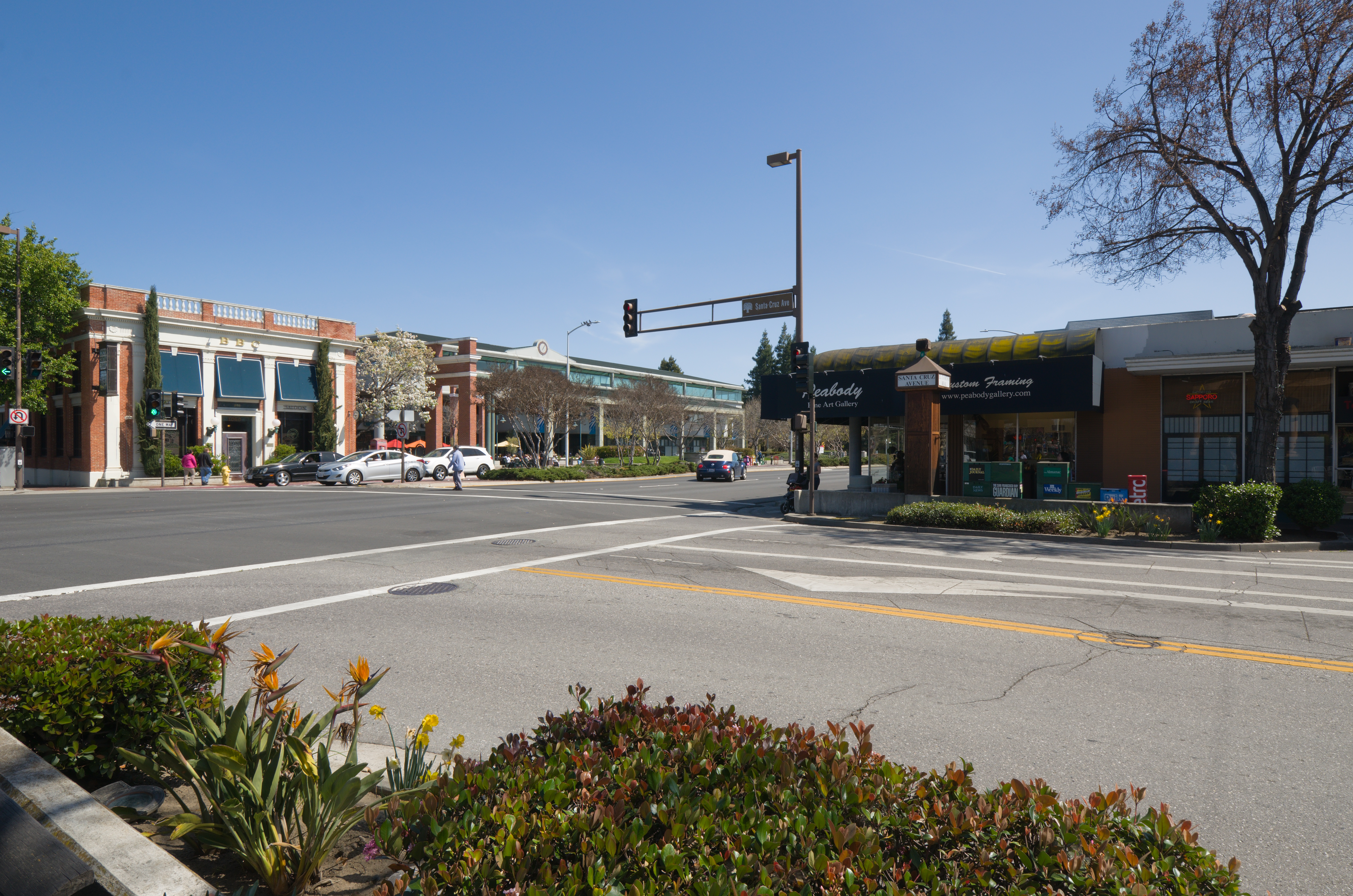What plant hardiness zone am I in?
Plant Hardiness Zone Map
More Information
About Menlo Park, California

Menlo Park is a city at the eastern edge of San Mateo County in the San Francisco Bay Area of California, United States. It is bordered by San Francisco Bay on the north and east; East Palo Alto, Palo Alto, and Stanford to the south; and Atherton, North Fair Oaks, and Redwood City to the west. It had 33,780 residents at the 2020 United States census. It is home to the corporate headquarters of Meta, and is where Google, Roblox Corporation, and Round Table Pizza were founded. The train station holds the record as the oldest continually operating train station in California. It is one of the most educated cities in California and the United States; nearly 70% of residents over 25 have earned a bachelor's degree or higher.
What is my USDA Plant Hardiness Zone?
Find your 2023 USDA Plant Hardiness Zone based on your current device location, along with a map of plant hardiness zones in your area and in the United States.
Compare the 2023 and 2012 USDA Plant Hardiness Zone Maps to see how the zones have changed over the last decade in your area.
Minimum winter temperatures are a major determinant of whether a particular plant selection can be successfully grown outside year around. There are other factors that influence plant survival, such as snow cover, summer heat, humidity, soil moisture, and spring frosts.
What are Plant Hardiness Zones?
Plant hardiness zones are a system used by gardeners, landscapers, and agriculturalists to help determine which plants are best suited for a specific location. The map of the United States is commonly broken up into 11 zones ranging from zone 1A (the most cold-hardy) to zone 11B (the least cold-hardy). The exact borders of each zone are based on the average minimum winter temperature in that region.
This plant hardiness zone map shows the range of temperatures where plants can survive the winter. The plant hardiness zone is determined by the minimum temperatures and the minimum number of days in a year where the minimum temperature is reached. The plant hardiness zone is helpful because it allows you to select plants that will survive the winter in your area. This will help ensure that your plants are able to survive the winter and are able to provide you with the fruit or vegetable that you are hoping for.
The first geographical zone map was created by the United States Department of Agriculture (USDA) in 1920s to help farmers determine which plants would be best suited for the climate in their area. Since then, it has been a valuable tool for gardeners and farmers to determine which plants are best suited for their region. Plant hardiness zones are a system of mapping the climate of a region. They provide a range of temperatures and the plants that can be successfully grown in those areas.
Dynamic Plant Hardiness Map
Unlike other plant hardiness websites and maps, this site offers a fully dynamic and interactive map that allows you to zoom and pan to see the exact zone and microclimate for your location according to the USDA.
You can find the zone based on your current device location, or by searching for your city, town, ZIP code, or you can search for the zone based on the address you wish to locate.
Plant Hardiness Zone Atlas
Our plant hardiness zone atlas has a list of cities in the United States to help you find the USDA zone of any location in the country.